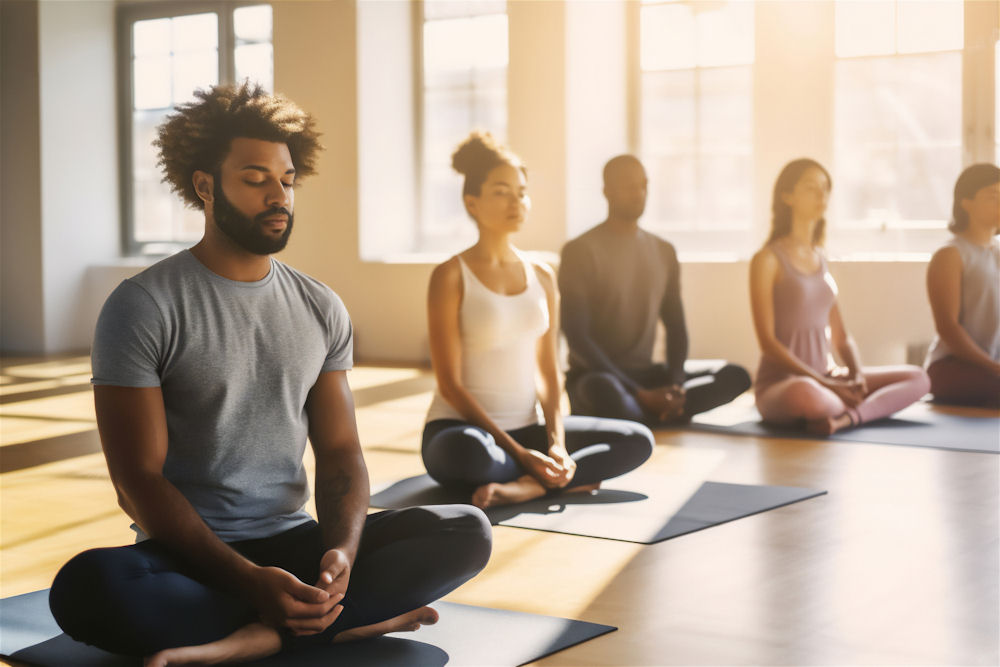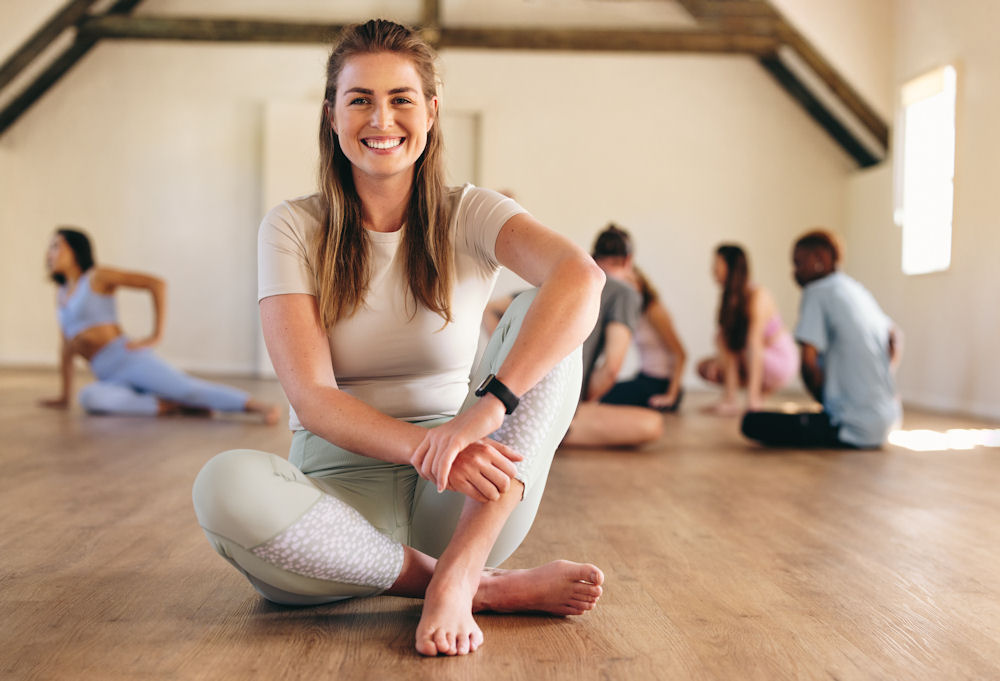In today’s whirlwind of deadlines, constant notifications, and the hustle culture, finding your center feels like chasing a mirage. Enter Yoga Therapy: this is a modern twist on an ancient practice that’s more than just downward dogs and child’s poses. It’s a holistic approach to healing that connects the dots between your mind, body, and spirit. That’s right. You can twist, bend, and breathe all the negativity and stress right out of your life.
In this post, we’ll dive into how yoga therapy blends science with soul, why it’s not just another wellness trend, and how you can start your journey toward balance. Get your mat and spandex ready.



